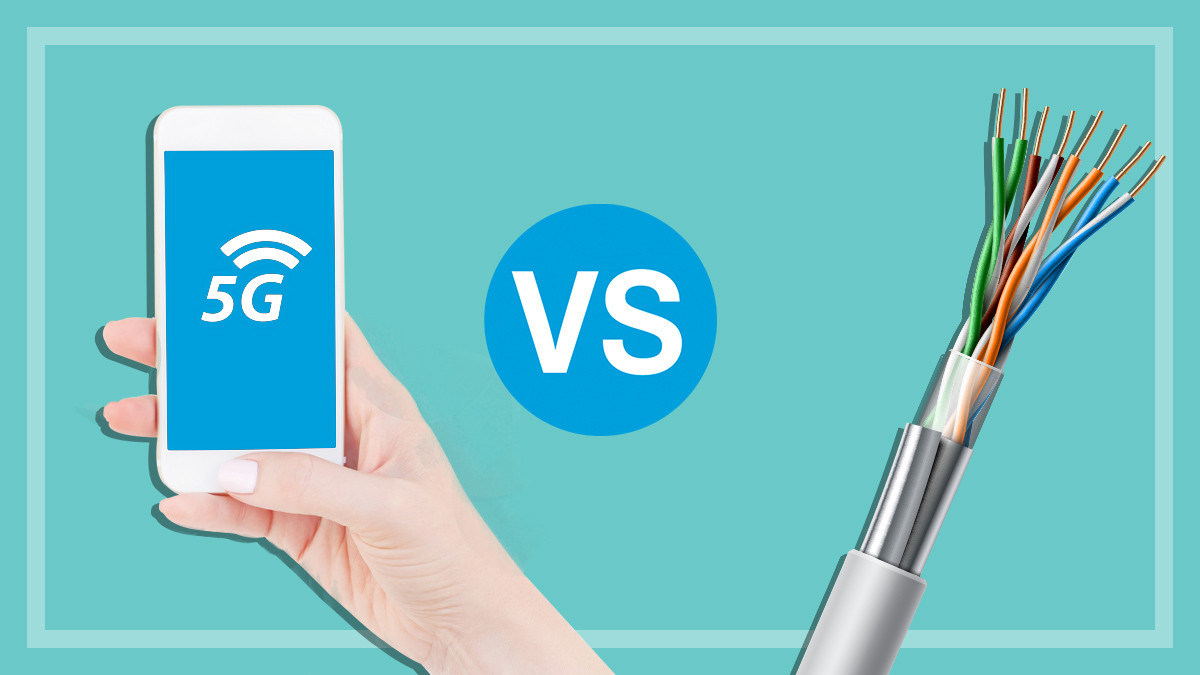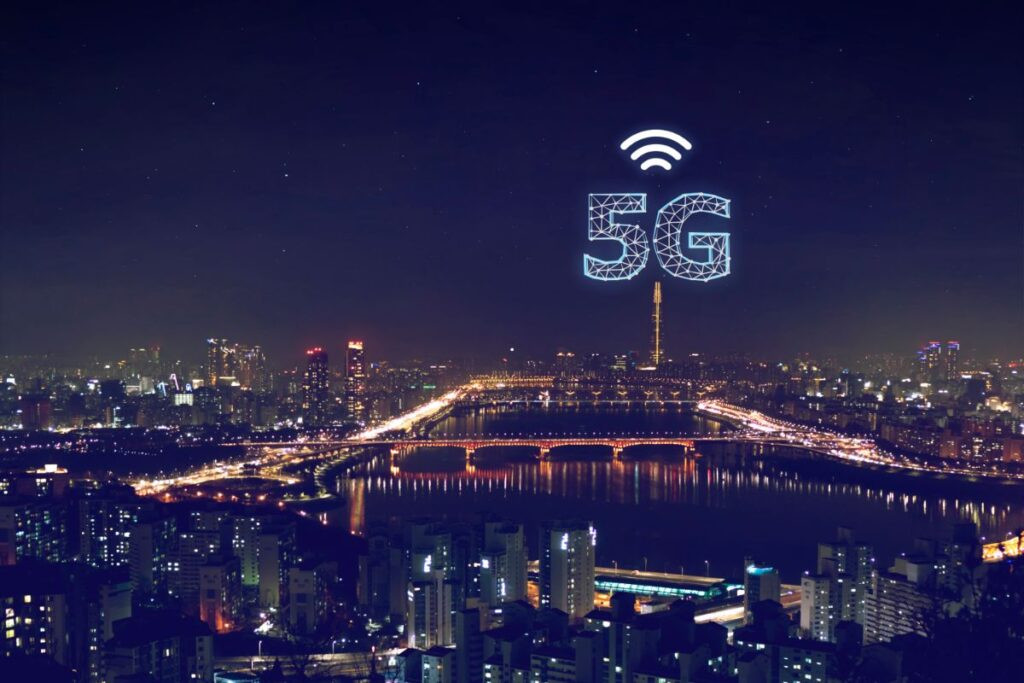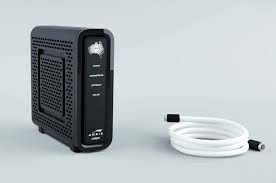NBN vs 5G: Which Home Internet is Better in Australia?

Choosing between NBN vs 5G for home internet in Australia isn’t always easy. Both offer fast speeds and reliable connectivity, but each has strengths and drawbacks. If you’ve been wondering whether to switch or stick with your current setup, this guide breaks it all down for you in simple terms.
We’ll look at coverage, speed, reliability, costs, and use cases so you can decide which one fits your household best.
What is NBN?
The National Broadband Network (NBN) is Australia’s government-backed fixed broadband network. It delivers internet using a mix of technologies: fibre optic cables, copper lines, satellite, and fixed wireless.
How NBN Works
- Fibre runs to neighbourhoods, nodes, or directly into homes.
- In rural areas, NBN may use fixed wireless or satellite.
- Your plan speed depends on your connection type (FTTP, FTTN, HFC, etc.).
What is 5G Home Internet?
5G home internet uses mobile networks instead of cables. You connect through a 5G modem that links to nearby towers, offering high-speed wireless internet.
How 5G Works
- A SIM card inside a modem connects to a 5G tower.
- It can provide fibre-like speeds if coverage is strong.
- Works straight out of the box—no technician visit required.
NBN vs 5G: Key Differences
Here’s a quick side-by-side look at NBN vs 5G for home internet in Australia:
| Feature | NBN | 5G Home Internet |
| Connection Type | Fixed line (fibre, copper, satellite) | Wireless via 5G towers |
| Speed Range | 25 Mbps – 1000 Mbps (plan dependent) | 100 Mbps – 1000 Mbps (coverage dependent) |
| Reliability | Stable, less affected by the weather | It can fluctuate with signal strength |
| Coverage | Available nationwide, including remote | Limited to metro and growing regional |
| Latency | 10–30 ms (good for gaming) | 10–20 ms (strong in good areas) |
| Setup | Requires installation | Plug-and-play modem |
| Best For | Families, streaming, gaming, businesses | Renters, small households, mobile users |
Speed and Performance
NBN Speed
- NBN plans start at 25 Mbps and go up to gigabit speeds.
- Fibre-to-the-Premises (FTTP) offers the fastest, most stable speeds.
- Copper-based connections (FTTN, FTTC) may slow down during peak hours.
5G Speed

- In strong coverage areas, 5G can rival or beat NBN speeds.
- Real-world speeds range between 100–600 Mbps.
- Signal strength, tower congestion, and distance matter.
Reliability and Stability
When comparing NBN vs 5G, reliability is a big factor.
- NBN: Less affected by external conditions. Fibre is rock solid, but copper or satellite can struggle.
- 5G: Signal can weaken due to buildings, weather, or congestion. Still improving as towers expand.
Coverage Across Australia
NBN Coverage
- Nationwide rollout—urban, regional, and rural.
- Every home can access some form of NBN (fibre, satellite, fixed wireless).
5G Coverage
- Strong in cities like Sydney, Melbourne, and Brisbane.
- Regional and rural rollout is ongoing but limited compared to the NBN.
Cost Comparison: NBN vs 5G
Pricing is competitive, but differences exist.
- NBN Plans: $60–$120 per month, depending on speed tier.
- 5G Plans: $60–$90 per month with unlimited data (provider dependent).
If you’re a renter or moving often, 5G can save you setup fees.
Pros and Cons of NBN
Pros
- Nationwide coverage
- Reliable speeds on fibre
- Good for large households
- Stable for gaming and streaming
Cons
- Set-up fees and wait times
- Performance varies by connection type.e
- Slower in copper-based areas
Pros and Cons of 5G
Pros
- Easy setup—no cables needed
- Fast speeds in strong coverage areas
- Portable (can move with you)
- Lower upfront costs
Cons
- Limited rural coverage
- Speeds fluctuate with signal strength.th
- Can sldown ow during tower congestion
Which is Better: NBN or 5G?

It depends on your situation.
- Choose NBN if you want stable, nationwide coverage with guaranteed speeds for big households.
- Choose 5G if you live in a metro area with good coverage, value flexibility, and want a quick setup.
For many Australians, NBN is still the default choice, but 5G is a serious alternative if coverage is strong.
FAQs About NBN vs 5G
1. Is 5G faster than NBN?
Yes, in some metro areas, 5G can reach speeds equal to or faster than NBN fibre.
2. Does 5G work well for gaming?
Yes, if coverage is strong. But NBN fibre still provides more stable latency for competitive gaming.
3. Can I get 5G internet in rural areas?
Not yet in most places. NBN satellite or fixed wireless is usually better for rural households.
4. Which is cheaper, NBN or 5G?
Both cost around $60–$100 monthly. NBN offers more plan tiers, while 5G plans often come with unlimited data.
5. Is NBN being replaced by 5G?
No. They’re complementary. NBN serves nationwide needs, while 5G offers a flexible alternative in certain areas.
6. Which is more future-proof?
NBN fibre is long-term stable. 5G will improve with rollout, but fibre still has an edge in scalability.
Conclusion: NBN vs 5G in Australia
When deciding between NBN vs 5G, ask yourself what matters most—coverage, speed, or flexibility.
- If you live in a city with strong 5G, it’s a fast and flexible option.
- If you need guaranteed reliability, especially in larger households or rural areas, NBN is the safer bet.
Also Read: Best Budget Gaming Laptops Under $1000 in Australia

Similar Posts
Time Management Tips For Writing an Essay
Replay Attack in Cybersecurity: How It Works and How to Prevent It (2025)
The Evolution of Dental Technology: Transforming Smiles and Patient Care